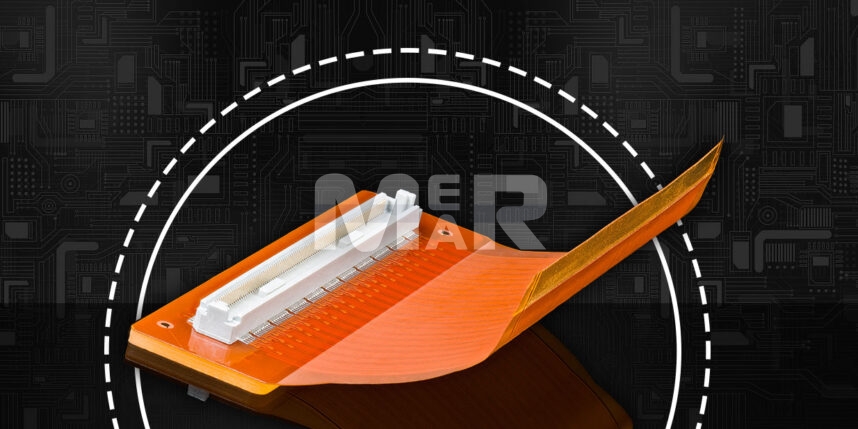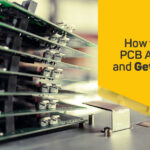What makes flex circuit assembly stand out from the competition?

While for the most part we are used to circuit boards in their traditional formats, the growth of ergonomic product designs, as well as the evolution of wearable tech, necessitates a different kind of circuit board. You sure need boards to fit in miniature spaces as also for them to be resistant to vibration, mechanical wear and tear, and more.
All of these objectives can be achieved with a flexible circuit board. While earlier assembling flex circuits was prohibitively expensive both in terms of material and man-hours, flex assembly costs have been dropping, making it convenient to use them in everyday products.
Some of the many benefits that flex circuit board offer, include:
Ability to take different shapes
This of course is the most obvious advantage, as such boards can be bent and folded. It also allows components to be placed in optimal positions within the product. Essentially it lends itself to miniaturization of products, which is a growing trend.
Weight Reduction
Space, Weight and Packaging remain important issues when it comes to PCB design. With flexible circuits bulky wire and solder connections can be avoided. In turn, this leads to a significant reduction in weight and space and also in packaging size.
Reduced assembly costs
With bulky wire and cables being significantly reduced in flex circuits what is also reduced is the cost of wire as also the labor cost.
Helps with dynamic flexing
Flexible circuits can withstand flexing. Examples of this include disk drives, laptop hinges and more
Thermal management
Flexible circuits are frequently seen in high power, high frequency designs as polyimide materials can withstand high heat applications. Laos thin polyimide dissipates heat quickly.
Great for aesthetics
Flexible circuits work well in terms of product aesthetics, which is major draw for consumers. It lends itself to sleekness and rates high on consumer confidence.
Bio-compatibility
Polyimide materials are known for their bio-compatibility and hence find high application in medical as well as wearable applications.
High on Reliability
As opposed to a rigid board, a flex board can simplify the system design by reducing the number of interconnections required. This also takes away the possibility of human error and increases reliability.
Aspects to be kept in mind when it comes to flex circuit assembly, some of these include:
Customization
As opposed to rigid PCBs that can work with standardized dimensions and conveyor belt-style processes, flex circuits may need to be assessed individually. Some of the areas to pay importance to, include:
- The pallet needs to fit its unique shape
- The pallet needs to accommodate both the top and bottom circuit configuration
- The flexible circuit assembly needs to lay flat on the pallet otherwise an air cushion beneath the circuit can cause mechanical resistance during solder paste screening as well as pick-and place. The air cushion also can cause components to bounce off the PCB assembly.
- It requires special tooling and backup fixtures for unique designs
- The pallet geometry needs to be customized so that the circuit remains flat.
- Also with pick-and-place machines working at high speed and small margin of error, there can be issues if there is any difference between circuit dimensions and actual flex circuit geometry.
Heat Sensitivity
The other issue that needs due importance is that of heat sensitivity. Essentially, flex circuits are far thinner than rigid boards. On account of this, the heat that is applied in soldering cannot be dissipated. What is important is also that there should be precise soldering tools as well as extremely experienced technicians. It is only with the investment in the state-of-the-art tools as well as trained technicians that productivity can be improved.
Testing
Flex circuits require appropriate backing during the testing process. For example, in case of Flying Probe testing, there needs to be a special custom fixture to offer support to the PCBA. In case of in-circuit testing, a rigid backing is designed into the clamshell fixture.
With flex circuits increasingly solving the constraints, their use is likely to become even more ubiquitous.
Mer-Mar Electronics is one of the leading PCB assembly manufacturers, providing all in one PCB assembly and fabrication solutions. Whether you are looking for flexible PCBs, flexible PCBs fabrication or flexible circuit board assembly, we have you covered. Send us an email with your queries at sales@mermarinc.com or call us at (760) 244-6149 related to our flexible PCB manufacturing and assembly.








